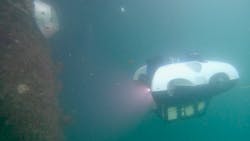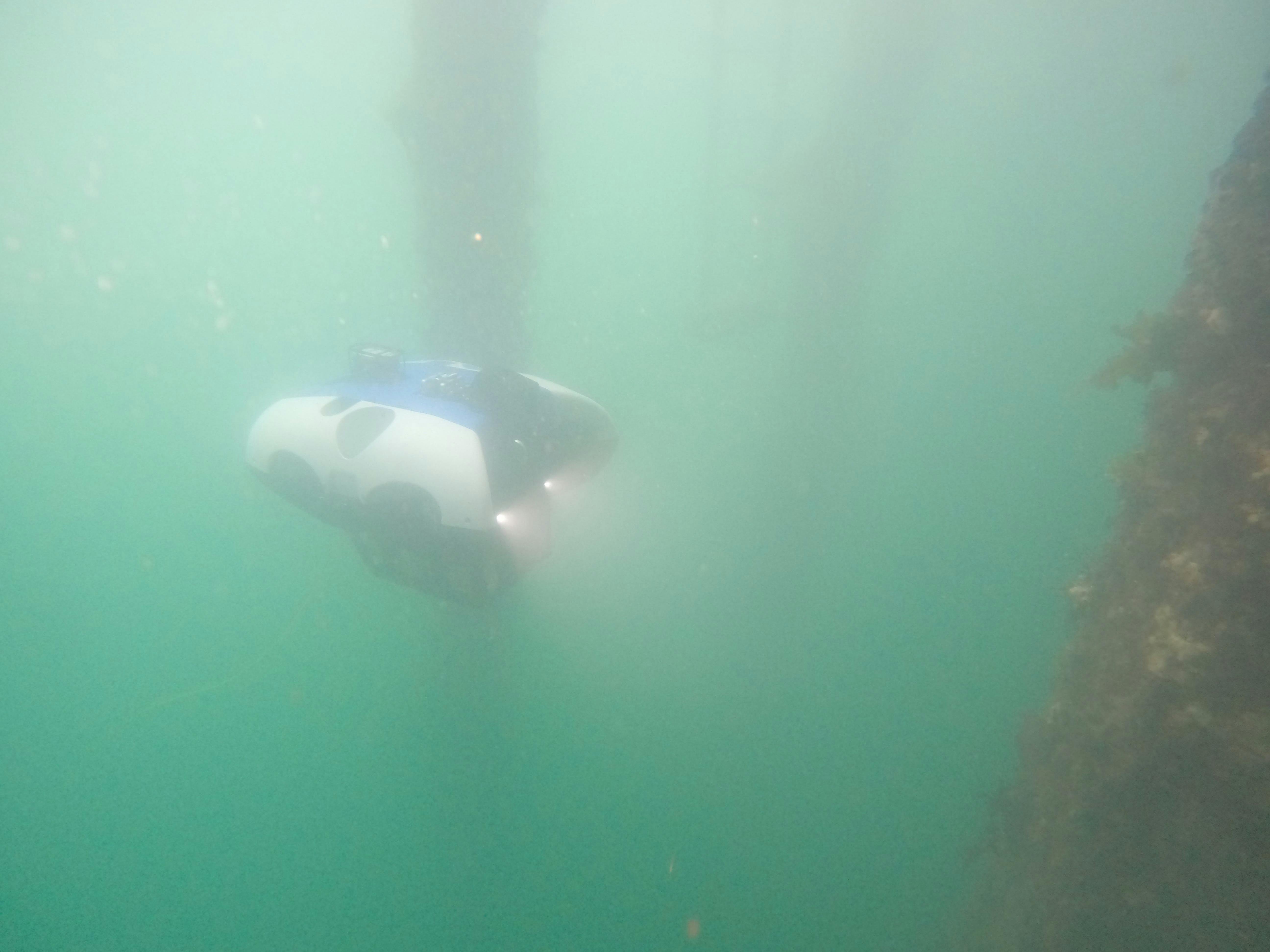AUV transforms underwater capabilities at scale with adaptive autonomy
Editor's note: This article first appeared in the 2024 Remote Inspections & Operations Special Report, which published within the January/February 2024 issue of Offshore magazine.
By Grace Chia, BeeX
The method of underwater work, conducted primarily using ROVs to overcome the risks and physical limits of humans underwater, has changed little since the 1960s. ROVs now come in all shapes and sizes with varying capabilities, but the fundamental requirements of supporting vessels and highly trained (i.e., years) human operators (remote or on site) remain constant.
If the world only had oil and gas infrastructure to maintain, using these field-proven methods will be the best (and only) way to go. However, the battle with climate change and geopolitical threats on the waters have resulted in a sudden large increase in volume of offshore infrastructure to protect. As the existing coastal infrastructure ages and sea level rises drive demand for coastal works/protection, these volumes will continue to grow.
BeeX defines adaptive autonomy as the intelligence to react in real time. Unlike the more generic versions of automation (i.e., staying at one point or moving from Point A to Point B), adaptive autonomy must be built robustly for full independence without constant operator oversight. This means that even if the user did not have real-time communications, they can and will trust the vehicle to make the correct decisions. It combines multiple human functions (e.g., process navigation sensor data, plan missions, control propulsion, process functional data, flag anomalies, re-plan) into one capability. Just like human intelligence, it is constantly improving.
BeeX believes that adaptive autonomy can transform underwater operations, especially and particularly targeted at the large scale of low-cost underwater inspections required. If/when the underwater vehicles can be fully independent, there will be much lesser marginal costs to acquire data, which was previously fixed based on supporting vessels and human capacity day rates.
Why has it taken so long?
Despite its disruptive nature, there was one fundamental operational issue with AUVs preventing widespread adoption—productivity has not matched up to that of ROVs supported by vessels. To date, the market has not seen solutions that can consistently match the productivity at an economic cost. The new technology is underperforming and has limited capabilities (e.g., cannot clean, turn valves, etc).
BeeX saw this under-performance as an opportunity to invest ahead. The company believes cost of subsea hardware will drop, and the more important aspect to scale is the robustness of the vehicles’ brain. How can we build operator confidence in completing inspections in diverse conditions?
To build trust and robustness of the brain, BeeX launched the A.IKANBILIS hovering AUV in Europe in 2022, alongside partner Subsea Europe Services. The HAUV was deployed on three wind farms and multiple nearshore infrastructure projects.
Technicians from other industries were trained on how to operate in less than three months, demonstrating the simplicity of the operator experience. BeeX focused on how the job can be done more efficiently with adaptive autonomy, and autonomy has been helping the company complete jobs two times faster than established means. Beyond that, the fully integrated cloud reporting portal cuts the data transfer requirements by 10X, allowing BeeX to transfer the most important packets of information to shore.
Performance and productivity gains
Every centimeter added to the A.IKANBILIS creates additional drag surfaces, which will result in lower physical performance (i.e., current fighting). The fully integrated design ensures high-quality data, even near splash zones with the additional forces from waves. Today, even with fully integrated positioning and MBES 3D capabilities adding some height, BeeX achieves all-round hovering stability in 1.5 knots coming from any lateral direction. By removing the tether, the company aims to achieve another breakthrough in productivity.
The use of real-time edge processing computing caters for both command and control of vehicle, as well as data deliverables. The surveying of surrounding seabed for debris and four piles for anomalous objects only took about 15 minutes during demsonstration. This was a task that previously took hours and that requires almost double the number of expert operators to pilot the vehicles and process the data. These metrics validate the productivity and efficiency gains of the system.
A larger HAUV from BeeX called BETTA will be launched in third-quarter 2024. Leveraging the same intelligence in A.IKANBILIS, BETTA features a physical body designed to match the productivity of WROVs. This is achieved through iterative hydrodynamic and electronics design calculations that balance capabilities and cost.

